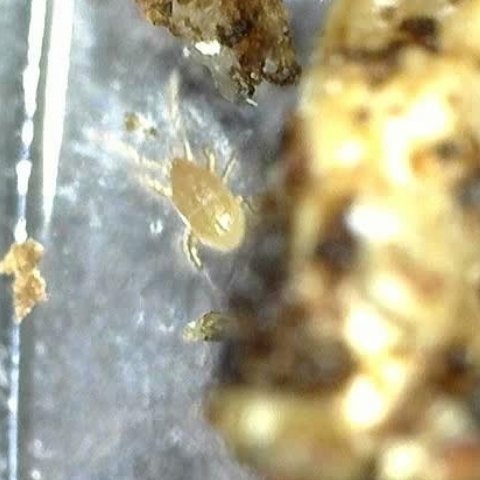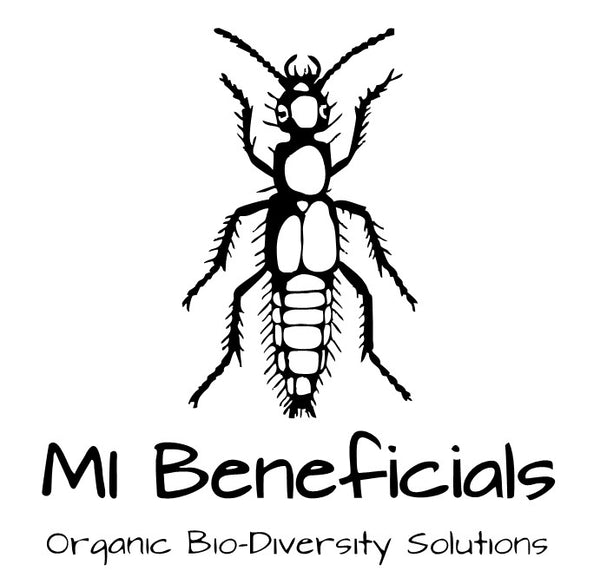
Stratiolaelaps scimitus (Hypoaspis miles) in Living Soil
Mark AshworthShare
The Stratiolaelaps scimitus (Hypoapsis miles) is a soil-dwelling arthropod that is both a predator to pest larva/pupae and a detritivore. The combination of decomposer and predator makes them an essential part of any living soil ecosystem.
They're extremely effective against fungus gnat larvae and in studies have shown to be effective against the soil stages of thrips. In conjunction with the Rove Beetle (Dalotia coriaria) they have been known to also be effective against the root aphids as more of a defensive measure.
Looking to add Rove Beetles to your garden? We carry them here!
Identification:
Light brown, fast moving. Females are visible to the naked eye, but males generally are not.
Purpose:
Stratiolaelaps scimitus (Hypoaspis miles) are both predatory and detrivorous. They can be used in both reptile enclosures as well as living soil systems to improve soil balance, prevent parasitic mites and other pests.
Habits:
Stratiolaelaps scimitus (Hypoaspis miles) travel and live in the upper portion of the rhizosphere generally within the top 1/2" of soil.
During both the adult and nymph phases, Hypoaspsis miles are ferocious eaters, consuming up to 5 prey per day.
The perfect diet for both your plants and Stratiolaelaps scimitus (Hypoapsis miles) does exist... it's called Beneboost and it's 100% organic and has tons of plant and beneficial soil insect benefits. Check it out here!
Life Cycle:
The reproduction cycle is relatively quick: Females lay eggs in soil hatching into nymphs within 24-48 hours. They become full adults within 5-6 days of nymph stage.
The average adult life-span is about 27 days and lay roughly 30 eggs in that period of time.
Source: PubMed.gov (Cabrera, Cloyd, Zaborski)
Looking to Add More Bio-Diversity to Your Soil? Checkout our Living Soil Bio-Diversity packs which come loaded with Rove Beetles, Hypoaspis miles and other decomposing species to get your living soil bed kicked off right.
Read More About These Key Soil-Based Beneficial Insects
- Oribatid Mites (Oribatida)
- Rove Beetles (Dalotia coriaria)
- Stratiolaelaps scimitus (Hypoaspis miles)
- Springtails (Collembola)
- Red Wiggler Worms (Eisenia Fetida)
- Enchytraeidae (Pot Worms)
